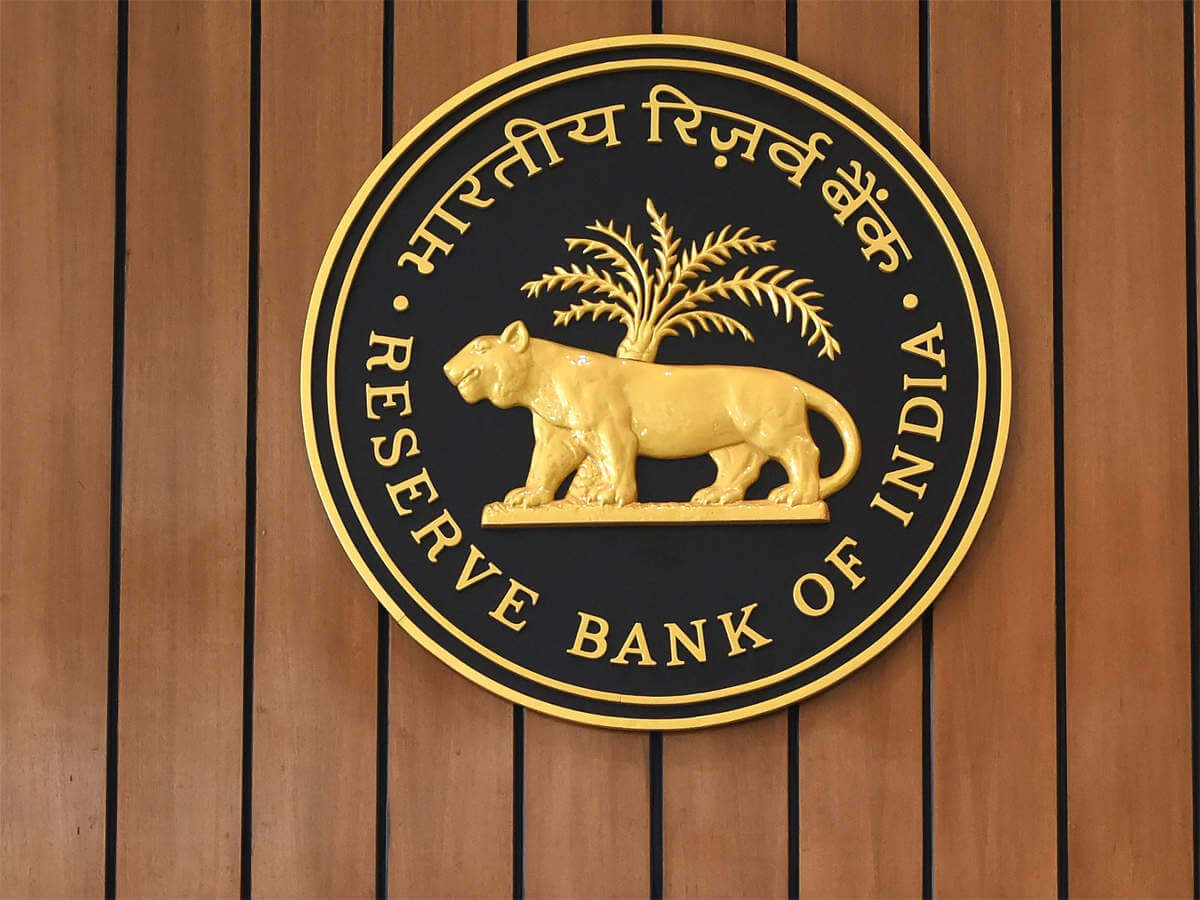Indian Economy and issues relating to Planning, Mobilization of Resources, Growth, Development and Employment.
In News:Why going back on inflation targeting could erode credibility of RBI
Critically analyse the effectiveness of the inflation targeting framework adopted by India in 2016 under the Reserve Bank of India Act.
The inflation targeting (IT) framework adopted by India in 2016 under the Reserve Bank of India Act has been a significant development in the country’s monetary policy.
Positive Aspects of the Inflation Targeting(IT) Framework
- Enhanced transparency and accountability:The IT framework has established clear inflation targets (4% with a ±2% band), enhancing the accountability of the Reserve Bank of India (RBI). The RBI must report to the government if it fails to meet these targets, fostering greater transparency in monetary policy decisions .
- Lower and more stable inflation :Since the implementation of IT, inflation rates have generally remained lower and less volatile compared to previous years. For example, inflation has not returned to double digits despite various shocks, such as food and oil price hikes .
- Improved credibility of the Central Bank: The commitment to a clear inflation target has bolstered the credibility of the RBI. Market participants view the RBI’s commitment to IT as credible, which has contributed to lower interest rates over time .
- Effective monetary policy transmission:The IT framework has improved the transmission of monetary policy, allowing for more effective adjustments to interest rates based on inflation trends. For instance, the RBI changed its key policy rate 17 times since 2016, demonstrating responsiveness to economic conditions .
- Political stability and economic growth: By maintaining price stability, the IT framework has helped avoid the political costs associated with high inflation, contributing to a more stable economic environment conducive to growth .
Challenges Faced by the Inflation Targeting Framework
- High Weight of food prices in CPI: Food items constitute a significant portion (approximately 45.86%) of the Consumer Price Index (CPI). This high weight makes it challenging for monetary policy to effectively manage inflation since food prices are often subject to supply-side shocks beyond the control of the RBI .
- Trade-off with Growth: Critics argue that an excessive focus on inflation targeting can sometimes lead to neglecting economic growth objectives.
- Transmission mechanism inefficiencies: The effectiveness of monetary policy transmission is hampered by structural issues such as large fiscal deficits and administered prices, which can distort market signals and limit the impact of interest rate changes .
- External shocks: Global factors, such as oil price fluctuations and supply chain disruptions, can complicate the task of achieving inflation targets.
India’s IT framework has successfully reduced inflation but faces challenges related to food prices, transmission inefficiencies, and potential trade-offs with growth. Continuous assessment and incremental adjustments are needed to enhance its effectiveness and meet public expectations.
| PYQ: What are the causes of persistent high food inflation in India? Comment on the effectiveness of the monetary policy of the RBI to control this type of inflation. 2024 |

